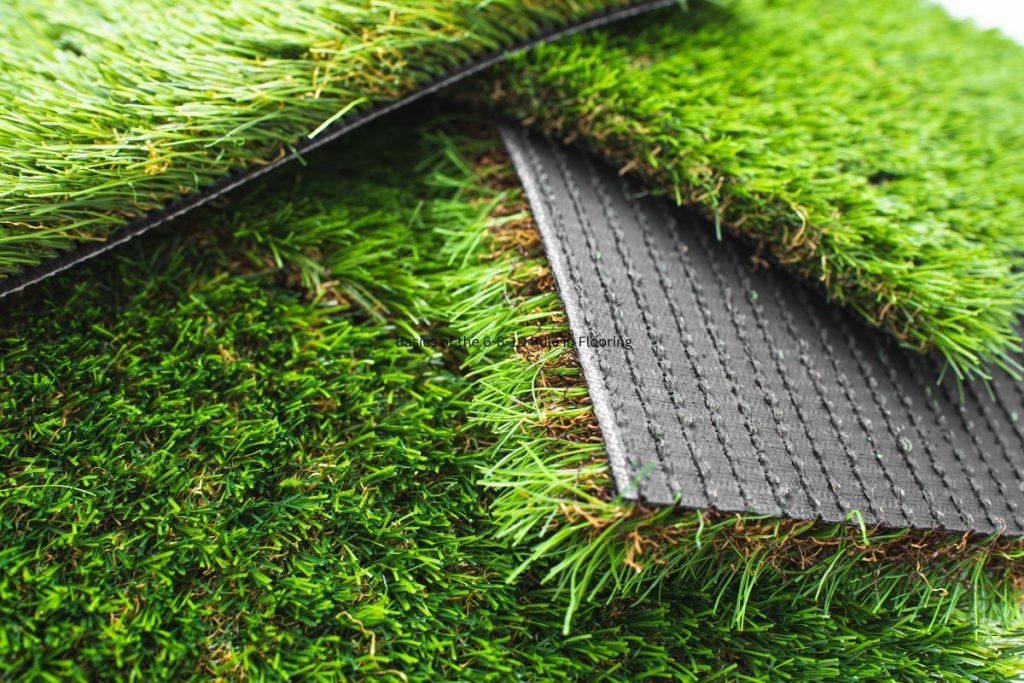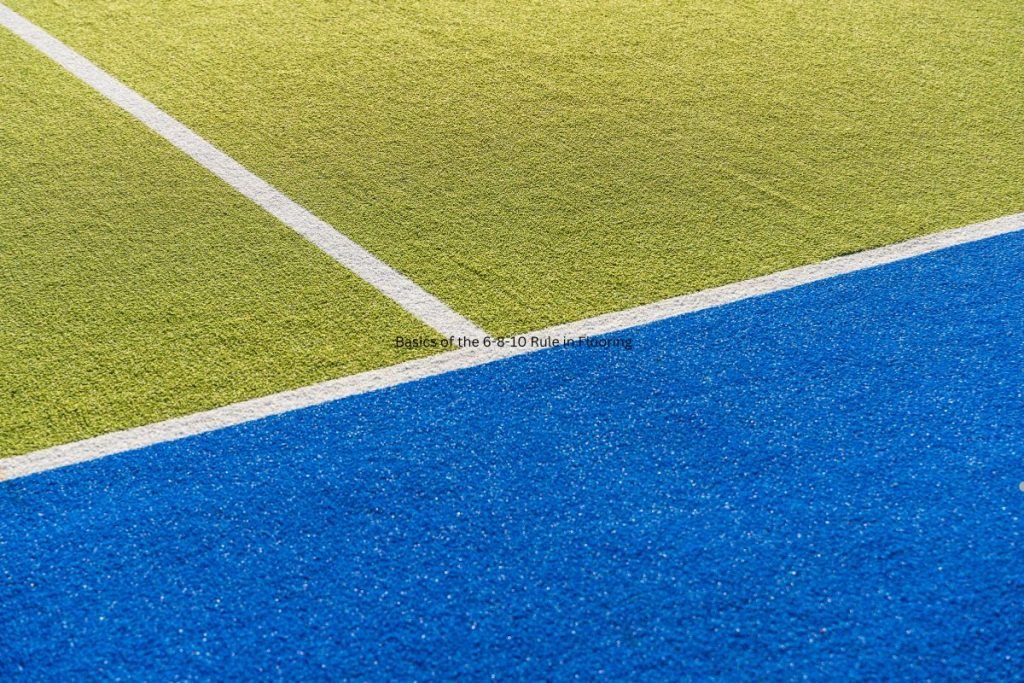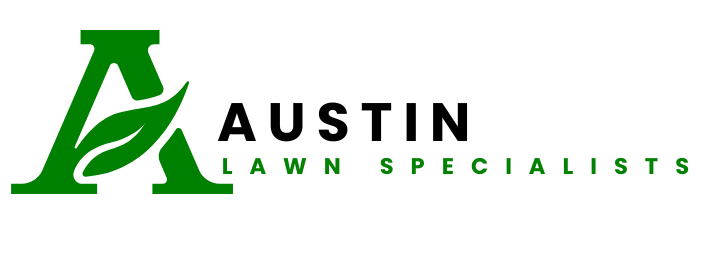
Ever wondered if you can paint artificial turf in Austin? The short answer is yes, and it’s not as tricky as it sounds. Whether you’re sprucing up your backyard, marking lines for a sports field, or fixing up some faded patches, painting artificial turf can be a great solution. But before you grab a can of paint and get started, there are a few things you should know to do it right and avoid any mishaps.
Key Takeaways
- Yes, you can paint artificial turf in Austin, but you need the right type of paint.
- Proper surface preparation is key to getting good results when painting turf.
- Always check the weather forecast in Austin before starting your project to avoid complications.
- Eco-friendly paints are available and are a great option for environmentally conscious residents.
- Regular maintenance, like cleaning and touch-ups, can keep your painted turf looking fresh.
Understanding Artificial Turf and Its Composition
What Is Artificial Turf Made Of?
Artificial turf is a man-made surface designed to mimic natural grass. It’s typically composed of three main layers:
- Backing layer: Often made of polypropylene or polyester, this provides the base structure.
- Synthetic fibers: These are usually polyethylene or nylon and form the “grass blades.”
- Infill: This layer includes materials like rubber pellets or sand, which add cushioning and keep the turf upright.
The combination of these layers ensures durability, softness, and the appearance of real grass. Explore Our Services to find professional lawn care solutions in Austin. From routine maintenance to specialized treatments, we help keep your lawn green and healthy year-round.
How Artificial Turf Differs From Natural Grass
Unlike natural grass, artificial turf doesn’t require watering, mowing, or fertilizing. It stays green year-round and handles heavy foot traffic better. However, it lacks the natural cooling effect of live grass and can get noticeably hotter under the sun. Another key difference lies in its installation. For example, the sub-base materials used under artificial turf—like crushed stone or decomposed granite—are essential for stability and drainage, unlike soil for natural grass.
Why Artificial Turf Requires Special Care
Artificial turf is low-maintenance but not maintenance-free. Dirt, debris, and spills don’t decompose naturally like they would on real grass. Instead, they need to be cleaned manually. The infill can also shift over time, requiring periodic adjustments. Additionally, harsh chemicals or improper cleaning methods can damage the synthetic fibers, reducing the turf’s lifespan.
Artificial turf may save you from mowing, but it still demands attention to keep it looking its best and functioning well.
Reasons to Paint Artificial Turf in Austin
Enhancing Aesthetic Appeal
Painting artificial turf can breathe new life into your outdoor space. Whether you’re looking to match your lawn to a specific color palette or simply want a fresh, vibrant look, adding paint can make a big difference. A freshly painted turf can make your yard stand out in the neighborhood. Plus, for homeowners who use synthetic turf as a low-maintenance landscaping solution, this is an easy way to keep it looking sharp without constant upkeep.
Marking Sports Fields and Play Areas
For sports fields and playgrounds, painting artificial turf is often a necessity. Clear, visible lines and markings are crucial for safety and game rules. Whether it’s a soccer field, a backyard basketball court, or a kids’ play zone, using the right paint ensures the markings stay intact without damaging the turf.
Here’s why painted markings matter:
- They improve game accuracy by clearly defining boundaries.
- They enhance safety by outlining specific zones.
- They add a professional touch to recreational areas.
Restoring Faded or Damaged Turf
Over time, artificial turf can lose its color due to sun exposure or heavy use. Painting is a cost-effective way to restore its original vibrancy without replacing the entire surface. It’s especially helpful for areas that see a lot of foot traffic or those exposed to Austin’s intense sun.
Repainting faded turf can extend its life and save you money in the long run, making it look almost as good as new. Keep your yard healthy, lush, and vibrant all year with our Lawn Treatment Services. Our expert team provides tailored solutions to meet your lawn’s unique needs, ensuring long-lasting beauty and health.
Choosing the Right Paint for Artificial Turf
Types of Paint Suitable for Artificial Turf
When it comes to painting artificial turf, not all paints are created equal. Specialty paints designed for synthetic surfaces are your best bet. These paints are formulated to adhere well to the turf’s material without cracking or peeling. Typically, there are two main types to consider:
- Acrylic-based paints: Known for their durability and vibrant colors, these are a popular choice for both residential and commercial applications.
- Water-based paints: These are eco-friendlier and easier to clean up but may not last as long under heavy use.
For sports fields or areas marked for games, consider synthetic turf athletic field paint, which is specifically engineered to work well with robotic painters and provide precise, long-lasting results.
Eco-Friendly Paint Options for Austin Residents
If you’re environmentally conscious, there are paints on the market that minimize harm to the surroundings. Look for paints labeled as low-VOC (volatile organic compounds) or biodegradable. In Austin, where eco-awareness is a priority, these options are ideal. Plus, some brands offer UV-resistant formulations, which help maintain color vibrancy under the Texas sun.
How to Test Paint Compatibility
Before committing to a full paint job, it’s smart to test the paint on a small, inconspicuous area of the turf. Here’s how:
- Clean the test area thoroughly to remove dirt and debris.
- Apply a thin layer of paint and let it dry completely.
- Check for any signs of peeling, cracking, or discoloration.
If the paint adheres well and maintains its color, it’s likely a good fit for your artificial turf. Always follow the manufacturer’s guidelines for application and drying times to avoid mishaps.
Choosing the right paint isn’t just about aesthetics—it’s about ensuring the longevity and safety of your artificial turf. Take your time to pick the best option for your specific needs.
Whether refreshing your backyard, marking a sports field, or fixing faded spots, it’s easier than you think. Call us today for expert tips and ensure you do it right!
Step-by-Step Guide to Painting Artificial Turf

Preparing the Turf Surface for Painting
Before you start, you’ve got to make sure the turf is clean and ready. Dirt, dust, or debris can mess up the paint job. Start by sweeping or vacuuming the turf to remove loose particles. If there are any stubborn stains or sticky spots, use a mild detergent mixed with water to clean them off. Let the surface dry completely—paint and moisture don’t mix well. Skipping this step can lead to uneven paint application or peeling later.
Applying Paint Evenly and Effectively
Now comes the fun part: painting. First, choose a sprayer or roller depending on the size of the area. For large spaces like sports fields, a paint sprayer works best, while a roller is great for smaller areas or touch-ups. Keep a steady hand and apply the paint in thin, even layers. It’s better to do multiple light coats than one thick coat, which can clump or drip. If you’re unsure about the right type of paint, check out recommended paints and techniques to guide you.
Drying and Curing Times for Best Results
Patience is key here. After you’re done painting, give the turf enough time to dry. On average, water-based paints take about 2-4 hours to dry to the touch, while oil-based paints may need a full day. However, curing—when the paint fully sets—can take up to 72 hours. Avoid heavy foot traffic or placing objects on the turf during this time. Rushing this step could ruin your hard work and require touch-ups later.
A well-prepped and carefully painted turf not only looks great but also lasts longer, saving you time and effort in the long run.
Common Mistakes to Avoid When Painting Artificial Turf
Using the Wrong Type of Paint
Choosing the wrong paint can be a costly mistake. Not all paints are designed to adhere to artificial turf, and using the wrong kind might lead to peeling, cracking, or even discoloration. Always opt for paint specifically made for synthetic grass. If you’re unsure, consult the product label or a professional to confirm compatibility. This small step can save you from a major headache later.
Skipping Surface Preparation
Skipping prep work might seem like a time-saver, but it’s a shortcut you’ll regret. Artificial turf needs to be clean and dry before painting. Dust, dirt, or moisture can prevent the paint from sticking properly. Here’s what you should do:
- Sweep or vacuum the turf to remove debris.
- Wash the surface if it’s excessively dirty, but ensure it dries completely.
- Inspect for any damage and make repairs before painting.
Taking the time to prep ensures a smoother, longer-lasting finish.
Overlooking Weather Conditions in Austin
Austin’s weather can be unpredictable, and it plays a big role in how well your paint job turns out. Humidity and extreme temperatures can affect how the paint adheres and dries. For best results:
- Avoid painting on rainy or overly humid days.
- Check the forecast to ensure a stable, mild temperature.
- Paint early in the morning or late afternoon to avoid the scorching midday heat.
Painting in the wrong weather can lead to uneven drying, smudges, or even having to redo the entire job. Planning ahead makes all the difference.
Maintaining Painted Artificial Turf

Cleaning Painted Turf Without Damaging It
Keeping your painted artificial turf clean is essential to maintain its look and durability. Avoid using harsh chemicals or abrasive tools, as these can strip the paint or damage the turf fibers. Instead, opt for a gentle cleaning solution mixed with water and use a soft-bristle brush or mop. For stubborn dirt, a garden hose with moderate pressure can do wonders. Regular cleaning not only keeps the turf looking fresh but also prevents dirt buildup that could dull the paint over time.
Repainting and Touch-Up Tips
Over time, even the best paint job can start to fade or chip, especially in high-traffic areas. When this happens, touch-ups are a quick and easy way to restore the turf’s appearance. Before repainting, make sure the surface is clean and dry. Use the same type of paint originally applied to ensure consistency in color and finish. For small touch-ups, a paintbrush works fine, but for larger areas, a sprayer can provide a more even application. Always allow the paint to dry fully before using the turf again.
How to Prolong the Life of Painted Turf
To get the most out of your painted turf, a little extra care goes a long way. Limit heavy foot traffic in painted areas when possible, and avoid dragging sharp or heavy objects across the surface. Applying a UV-protective coating can also help shield the paint from Austin’s intense sunlight, reducing fading and wear. Finally, inspect the turf regularly for signs of damage or wear, so you can address issues before they worsen.
A little maintenance here and there can save you time and money in the long run. It’s all about keeping the turf looking its best while extending its lifespan.
Legal and Environmental Considerations in Austin
Local Regulations on Painting Artificial Turf
Before grabbing a can of paint and going to town on your artificial turf, it’s important to know the rules. Austin has specific regulations when it comes to altering outdoor spaces, including artificial grass. Homeowners and businesses must ensure any modifications comply with city codes. For example, some Homeowners Associations (HOAs) might have restrictions on the type of paint or the colors you can use. It’s always a good idea to check with your HOA or local government office to avoid fines or having to redo the work.
Environmental Impact of Turf Paint
Painting artificial turf can have an impact on the environment, especially if the paint contains harmful chemicals. In Austin, where eco-conscious living is a big deal, choosing low-VOC (volatile organic compound) or biodegradable paints is a smart move. These paints reduce air pollution and are safer for nearby plants and animals. Plus, they’re less likely to cause runoff issues during Austin’s unexpected rain showers.
Here’s a quick breakdown of eco-friendly paint options:
| Type of Paint | Environmental Benefit |
| Low-VOC Paint | Reduces harmful air emissions |
| Biodegradable Paint | Breaks down naturally, safer runoff |
| Water-Based Paint | Less toxic, easy to clean up |
Safe Disposal of Paint and Materials
Leftover paint and used materials like brushes or rollers shouldn’t just be tossed in the trash. Austin has strict rules for disposing of hazardous materials. The city offers drop-off points for paints and other chemicals to ensure they’re handled properly. To make it easier:
- Gather leftover paint and used tools into a sealed container.
- Check the City of Austin’s hazardous waste program for drop-off locations.
- Avoid washing paint tools into storm drains, as this can harm local waterways.
Taking the time to follow these steps not only keeps you compliant but also helps protect Austin’s beautiful environment.
By understanding these legal and environmental factors, you’ll not only avoid headaches but also do your part in keeping Austin green and clean.
Wrapping It Up
So, can you paint artificial turf in Austin? Absolutely! But it’s not as simple as grabbing a brush and going to town. You’ve got to pick the right paint, prep the turf properly, and follow the steps to make sure it sticks and looks good. Whether you’re sprucing up a backyard or adding some flair to a sports field, a little patience and planning go a long way. Just remember, not all turf is the same, so take the time to figure out what works best for your setup. And hey, if it feels like too much, there’s no shame in calling in a pro to help out. Either way, you’ll end up with a fresh, personalized look that’s sure to stand out. For expert guidance or assistance, don’t hesitate to contact us!
Frequently Asked Questions
Can I use regular wall paint on artificial turf?
No, regular wall paint is not made for artificial turf. You need special paint designed for synthetic grass to make sure it sticks well and lasts.
How long does painted artificial turf last?
Painted turf can last several months to a few years, depending on how much foot traffic it gets and the weather conditions.
Is painting artificial turf safe for the environment?
Yes, if you use eco-friendly paint that is non-toxic and safe for the environment. Always check the label to be sure.
Do I need to prepare the turf before painting?
Yes, you should clean the turf and make sure it’s dry before painting. This helps the paint stick better and look even.
Can I paint over old paint on artificial turf?
Yes, but it’s a good idea to clean and lightly sand the surface first. This will help the new paint stick better.
What happens if it rains after I paint the turf?
Rain can ruin fresh paint. Always check the weather and make sure there’s enough time for the paint to dry completely before it rains.
Learn how to do it right—whether for backyard touch-ups, sports field markings, or reviving faded patches—without damaging your turf. Call us at Artificial Turf today for expert advice!

